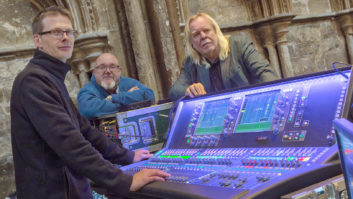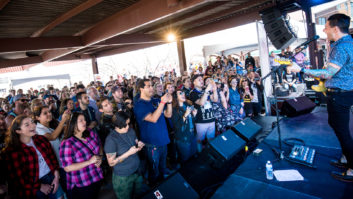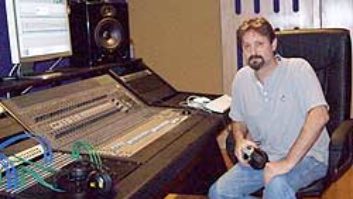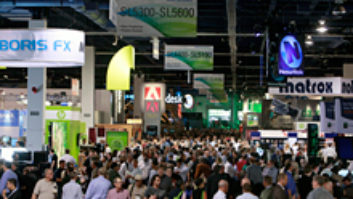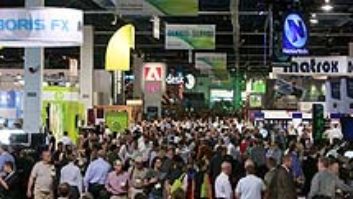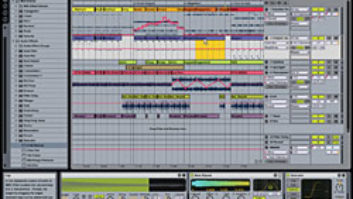A live concert may sometimes be transcendent, but it is always transient, affixed to a fleeting moment in time. Capturing and preserving those moments has been a challenge ever since recording technology was invented. The first concert recordings were made in 1901 by Lionel Mapleson, a librarian at the Metropolitan Opera House in New York City, who used a phonograph recorder given to him by Thomas Edison to capture select arias. Most of Mapleson’s recordings were made on a catwalk above the stage, though initially he put the machine in the prompter’s box, until customers complained about the recording horn blocking their view—a portent of concert-ruining smartphones to come more than a century later.

Today, show recordings are a necessity for every artist. With recorded music sales down and the concert stage a primary source of income for many acts, live recordings can become instant products, downloadable from websites; content for the artist’s social media streams; bonus tracks for future release bundles; or simply archival material. Engineers benefit, too, as these days a preserved performance is usually fodder for virtual soundchecks, making the days of tuning the PA with Steely Dan tracks a thing of the past.
Related: State of the Industry 2017: Live Sound, by Clive Young, Pro Sound News, Oct. 24, 2017
As a result, the demand for live recording has only increased. While most national touring artists playing theaters and arenas have recorded shows every night for years, the ability to do so—and the accompanying features—has filtered down to more budget-aware house mix systems over time, putting the ability to record multitracks of an evening’s set within the reasonable economic reach of small venues and everyday performers. Answering that demand are a variety of console manufacturers, each tackling the process from their own unique perspective.

For instance, PreSonus champions use of its Capture software, designed for use with its StudioLive mixers. Available for both Mac and Windows, Capture provides one-click multitrack recording at up to 96 kHz directly from the mixer. Using the 64-bit Studio One audio engine, the software can record every channel on any StudioLive mixer—up to 64 when cascading certain models together—but also lets users record a stereo track from the mixer’s main outputs, subgroup outputs, aux sends, solo bus, talkback mic, aux inputs, internal FX sends or internal FX returns. While providing basic edit functions, Capture also integrates with other PreSonus software like the Studio One DAW.

Over at QSC, a key aspect of its TouchMix line of compact mixers has been the ability to record multitracks directly to a connected hard drive without the need for a computer. Capable of recording all inputs plus a stereo mix directly to an external USB drive, the mixers create files in 32-bit Broadcast Wave format, which in turn can be played back and mixed down on the mixers or imported to a DAW. The TouchMix-8 can handle 14×14 tracks, the TouchMix-16 can capture 22×22, and the flagship TouchMix-30 Pro hits 32×32. Additionally, the 30 Pro can also be used as a 32×32 track USB computer interface for recording to Macs and PCs; the Windows USB driver, though downloadable from QSC’s site, is still in beta.

While Mackie offers a range of mixers, its most extensive offerings to record live sound can be found in the 32-channel DL32R digital mixer, which is part of the larger Axis Digital Mixing System. The DL32R offers a few options when it comes to multitracking live events, with 32×32 channel direct-to-disk recording and playback; 32×32 channel recording to a Mac or PC; and 32×32 channel recording and playback via a DL Dante Expansion Card, allowing users to work with a Mac, PC or any Dante-equipped recording device on a network.
Exhibiting at the NAB Show? Enter the NewBay Best of Show Awards! EXTENDED DEADLINE: MARCH 30!

Allen & Heath’s 48-channel/36-bus digital mixer, the SQ-6, sports an integrated SQ-Drive, intended to simply capture a 96 kHz multitrack or stereo recording on a USB key or drive. For those wanting to get their laptop involved, the desk has a built-in 32×32 96 kHz audio interface for multitrack recording, though it can also be used for playing backing tracks or doing a virtual soundcheck before the gig. Helping ensure that everything plays well together, the interface is Core Audio- and ASIO-compliant and comes complete with MIDI and DAW control capabilities.
Exhibiting at the 2018 NAB Show? Enter the NewBay Best of Show Awards! EXTENDED DEADLINE: MARCH 30!!!
All of these systems sport recording features that only a few years ago were solely the province of top-shelf FOH rigs, and that illustrates to some extent how quickly the pro-audio world has been changing in recent times. Doubtlessly, 100 years from now, they will seem as quaint as Lionel Mapleson’s recording system, but today, they are considerable offerings.

